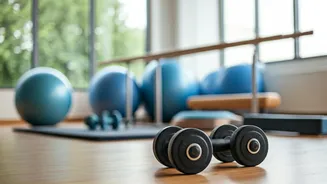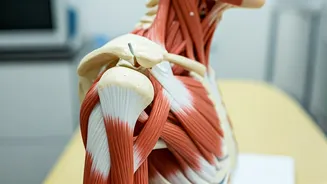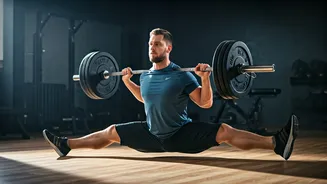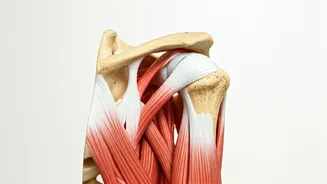Understanding Parkinson's Disease
Parkinson's disease, a neurodegenerative disorder, primarily affects movement, causing tremors, rigidity, and balance issues. It emerges when nerve cells
in the brain, responsible for producing dopamine, gradually deteriorate or die. Dopamine plays a crucial role in coordinating movement. As dopamine levels drop, the symptoms of Parkinson's become more apparent. The progression of the disease varies from person to person, and its exact cause remains unknown. However, research indicates a combination of genetic predisposition and environmental factors may contribute to its development. Early diagnosis and management of Parkinson's is paramount to slowing its progression and improving the individual's quality of life. Exercise is a key component to management.
Chair Squats for Strength
Chair squats are an excellent exercise for building leg strength and improving balance, vital for individuals with Parkinson's disease. Start by positioning a sturdy chair behind you. Stand with your feet shoulder-width apart, and your toes pointing forward. Slowly lower yourself towards the chair as if you are going to sit down, keeping your back straight and your core engaged. Just before your buttocks touch the chair, pause briefly, then slowly rise back up to a standing position. Repeat this exercise for 10-15 repetitions. Chair squats enhance the strength of leg muscles, which are critical for walking, standing, and overall mobility. This exercise also improves balance and stability, significantly reducing the risk of falls.
Marching in Place
Marching in place is a simple yet effective exercise to enhance coordination and mobility. Stand tall with your feet flat on the ground. Lift one knee as high as you comfortably can, as if you are marching. Bring your knee back down and repeat the process on the opposite side. Simultaneously, you can swing your arms in a natural motion. Try to maintain a consistent pace, and focus on lifting your knees high and swinging your arms. Marching in place can be adapted to suit your current fitness level. Start with a few minutes and gradually increase the duration as your endurance improves. Regular marching exercises are also beneficial for stimulating blood flow and improving overall cardiovascular health.
Arm Circles for Flexibility
Arm circles are a great method to maintain or improve upper body flexibility and mobility. Stand with your feet shoulder-width apart and your arms extended to the sides. Make small circles forward with your arms for about 30 seconds. Then, reverse the direction, making circles backward for another 30 seconds. As your flexibility improves, you can gradually increase the size of the circles. Arm circles help to improve the range of motion in the shoulders and arms, often impacted by Parkinson's disease. They can also aid in relieving stiffness and preventing muscle contractures. Including arm circles in your exercise routine also promotes improved posture and overall upper body coordination.
Stretching for Mobility
Gentle stretching is a key practice for managing the symptoms of Parkinson's disease by improving flexibility and reducing muscle stiffness. Begin by incorporating various stretches into your daily routine. Include neck stretches, shoulder stretches, and leg stretches. For a neck stretch, gently tilt your head towards one shoulder, hold for 15 seconds, and then repeat on the opposite side. For shoulder stretches, reach one arm across your chest, and use the opposite arm to gently pull it closer to your body. Hold for 15 seconds and switch sides. Leg stretches may be done while seated or standing, such as hamstring stretches or calf stretches. Regular stretching can also improve posture and reduce pain.
Balance Exercises for Stability
Balance exercises play a crucial role in preventing falls, a common concern for people with Parkinson's. One simple exercise is standing on one foot, holding onto a chair for support if needed. Try holding the position for as long as possible while maintaining good balance. Another exercise is tandem walking, where you place one foot directly in front of the other, heel to toe, and walk forward in a straight line. Start by performing these exercises for a few minutes each day and gradually increase the duration. Balance exercises enhance proprioception, the body’s ability to sense its position in space. This heightened awareness of the body can help individuals to maintain their balance and reduce the risk of falling. Regularly practicing these exercises can lead to improvements in both coordination and confidence.












